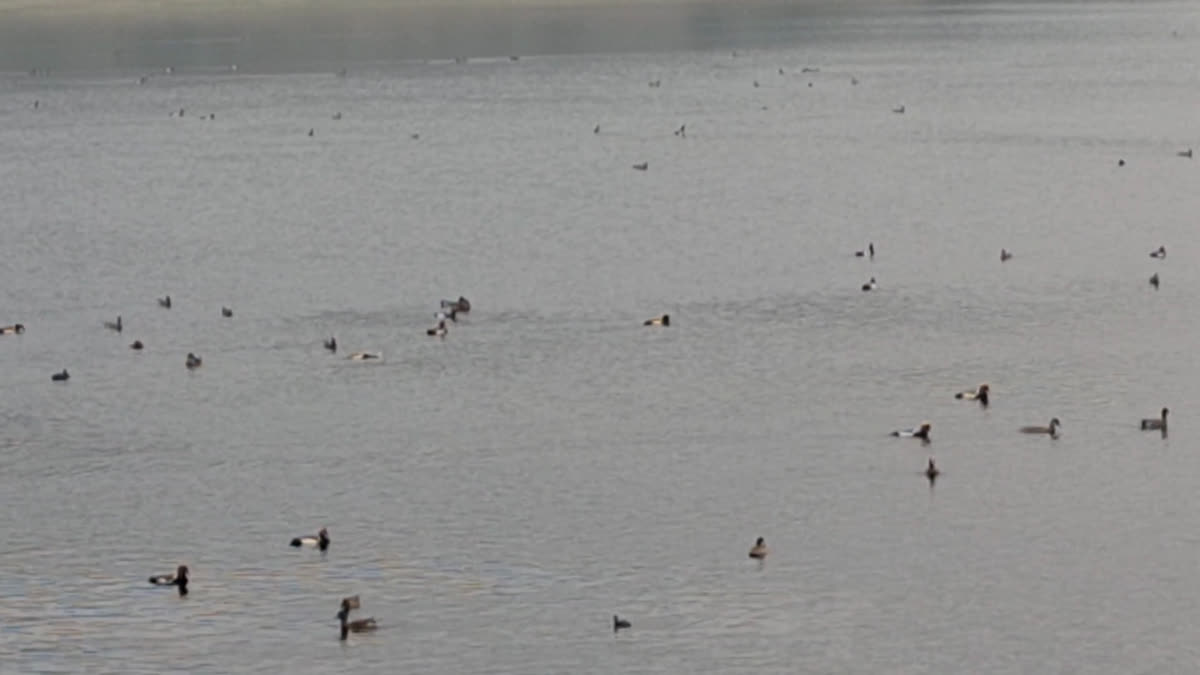Amravati (Maharashtra): Come winter and the winged guests flock the sanctuaries and water bodies of Vidarbha region in Maharashtra away from the chilling climate of wetlands in Europe, Central Asia, Siberia, and Mongolia. Approximately 60 to 70 species have landed in Wadali, Chhatri, and Malkhed, along with forested areas like Melghat which have given birdwatchers a reason to rejoice.
Among the species sighted are common pochards, tufted pochards, mallards, white storks, and greater scaups, which are a major draw for bird lovers who frequent the areas armed with binoculars and cameras.
Bird observer Yadav Tarte Patil says the birds arrive between November and March, seeking food and a suitable environment for survival. "Mallards travel from Russia and Kazakhstan, while white storks make the journey from Europe. The annual migration is a vital part of the natural cycle, helping maintain ecological balance and enriching biodiversity in the region," he adds.
However, given that the number of migratory birds is decreasing over the past decade has been a cause of concern for ornithologists and bird lovers. According to a BirdLife International report, the increase in pollution level in rivers and lakes is the major factor behind the troubling trend. Besides, encroachment of their habitat due to development projects has also be contributing to the decline.
While on one hand, the pollution of water bodies directly affects the birds as they usually pick up their food from the lakes and rivers, on the other, they do not get the required space to build nest or rest. This declining trend not only impacts the birds but also creates imbalance in the eco-system.
